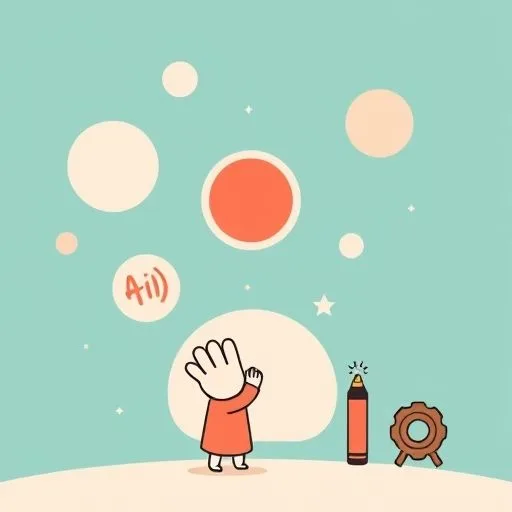
You know that moment? When your child’s eyes light up discovering they can generate artwork with three words and a click. It happened here last Tuesday – our little one commanding an AI like a digital genie. That spark of wonder—it’s just… beautiful. But later, watching her claim the robot’s poem as ‘hers’ without question… that slight knot in the stomach, like something’s just a bit off? We’ve all felt it. This isn’t about fear-mongering. It’s about helping them navigate a world where creation gets complicated, one dinner-table conversation at a time.
The Playground Rules Apply (Even with Robots)
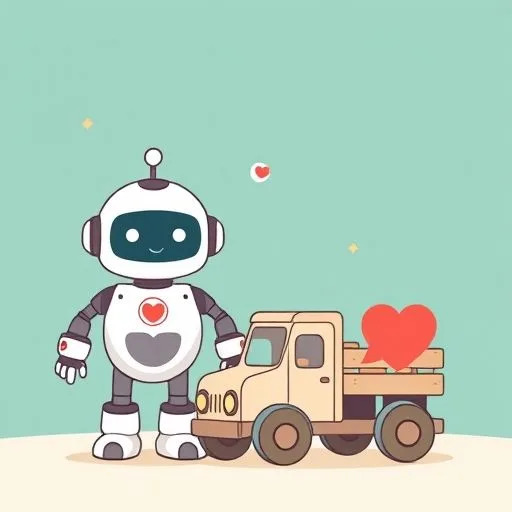
Remember teaching them to ask “Can I borrow your truck?” in the sandbox? AI needs the same courtesy. When my daughter asked an app to mimic her favorite singer’s voice last week, we paused. ‘Do you think Taylor Swift knows her voice lives in this phone? Should we check?’ That simple question became our doorway.
Tech moves fast, but saying “please” and “thank you”? Those never go out of style—whether sharing crayons or data sets. Our kitchen whiteboard now has a new rule: ‘Wash hands, and ask where it came from.’ Just like at the playground.
Watching my wife model this helps most. She’ll mention work projects at dinner: ‘Had to credit Maya’s design today – her sketches made our pitch.’ No grand speech. Just showing how we honor creation, spreadsheet or song.
Behind the Magic Curtain
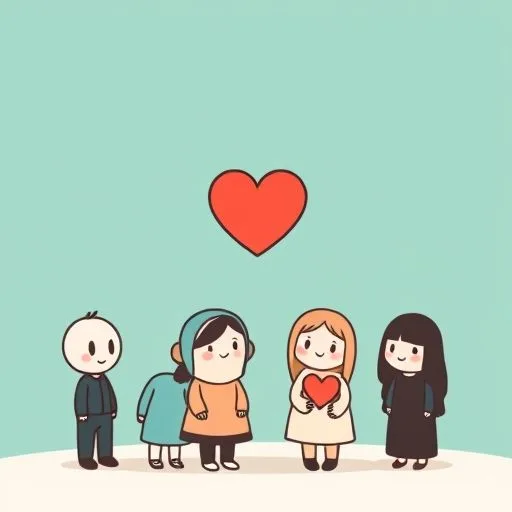
Kids think AI’s all-knowing. Our job? Show the humans behind it. Last movie night, we paused the credits. ‘See those names? Every person helped make the magic.’ Same with ChatGPT explaining earthquakes – we traced its knowledge to geologists’ research. My son’s face when realizing ‘The robot didn’t just know it – people taught it!’? Priceless.
We started a dinner game: ‘Human Hunt.’ Spotting creators in everything – app developers listed in settings, musicians sampled in TikTok trends. What began as curiosity became something deeper. Now when our daughter generates AI art, she adds: ‘Inspired by artists like…’ Her thumbnails won’t go viral. But that habit? That’s the vaccine against digital entitlement.
Safety Nets & Training Wheels
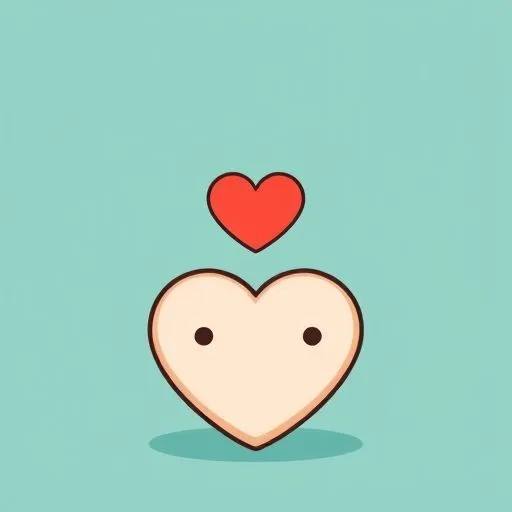
Remember bike helmets? AI needs protection too. We co-created family guidelines – not restrictions, but guardrails. ‘Never share Grandma’s photos with chatbots.’ ‘Question strange answers (like medicine advice).’ Simple prompts even young kids grasp. Then the idea clicked. That privacy isn’t just a rule—it’s like… keeping your story safe. A bit like a secret, but just yours.
My wife’s brilliant at this. She’ll casually mention while driving: ‘Don’t want strangers knowing our Saturday park trips, right? That’s why Mama uses privacy settings.’ Real-world parallels stick. Now our eight-year-old asks apps ‘Why do you need my birthday?’ That skeptical eyebrow? Warms my heart more than any math test A+.
Building Tomorrow’s Ethical Architects
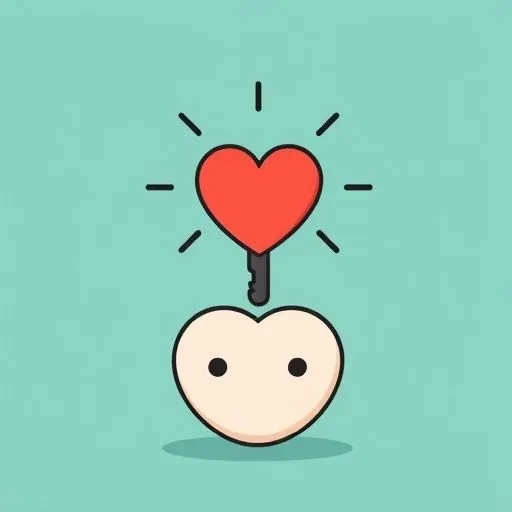
Here’s the beautiful thing: kids get it faster than we expect. Last month, our son saw AI-generated fake news. His solution? ‘Dad, can we make a browser plugin that shows the recipe?’ Meaning the sources – where the info ‘cooked.’ Out of the mouths of babes…
That’s our role now. Not tech cops. Gardening mentors.
Planting seeds like: ‘If you built a robot teacher, how would it be fair to everyone?’ Watering them when they spot bias in game algorithms. We won’t have all answers. But asking together? That’s how ethical thinking grows. Like watching my wife patiently explain why her team rejected ‘easy’ AI that used others’ work. Kids absorb these choices like sponges.
